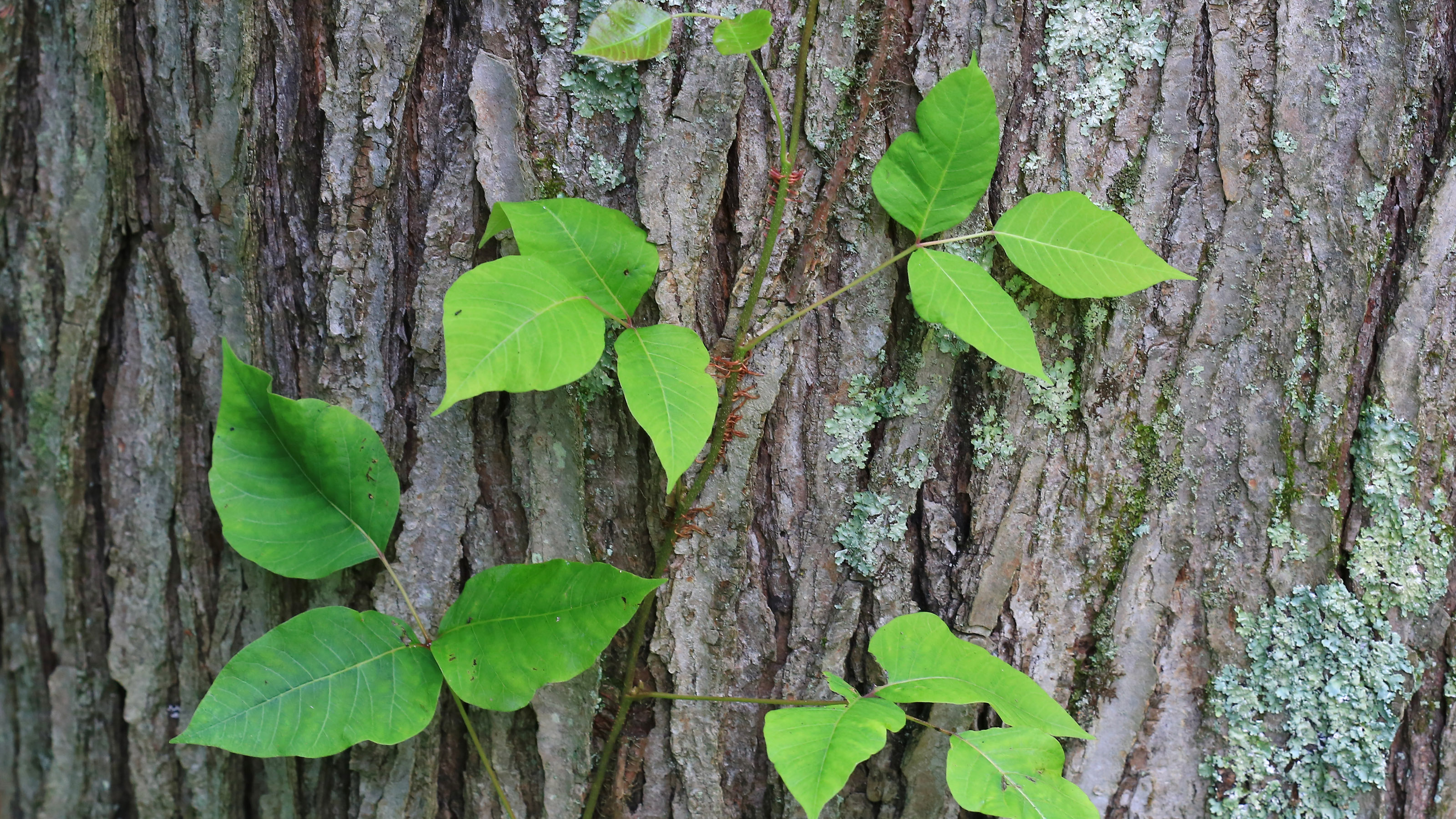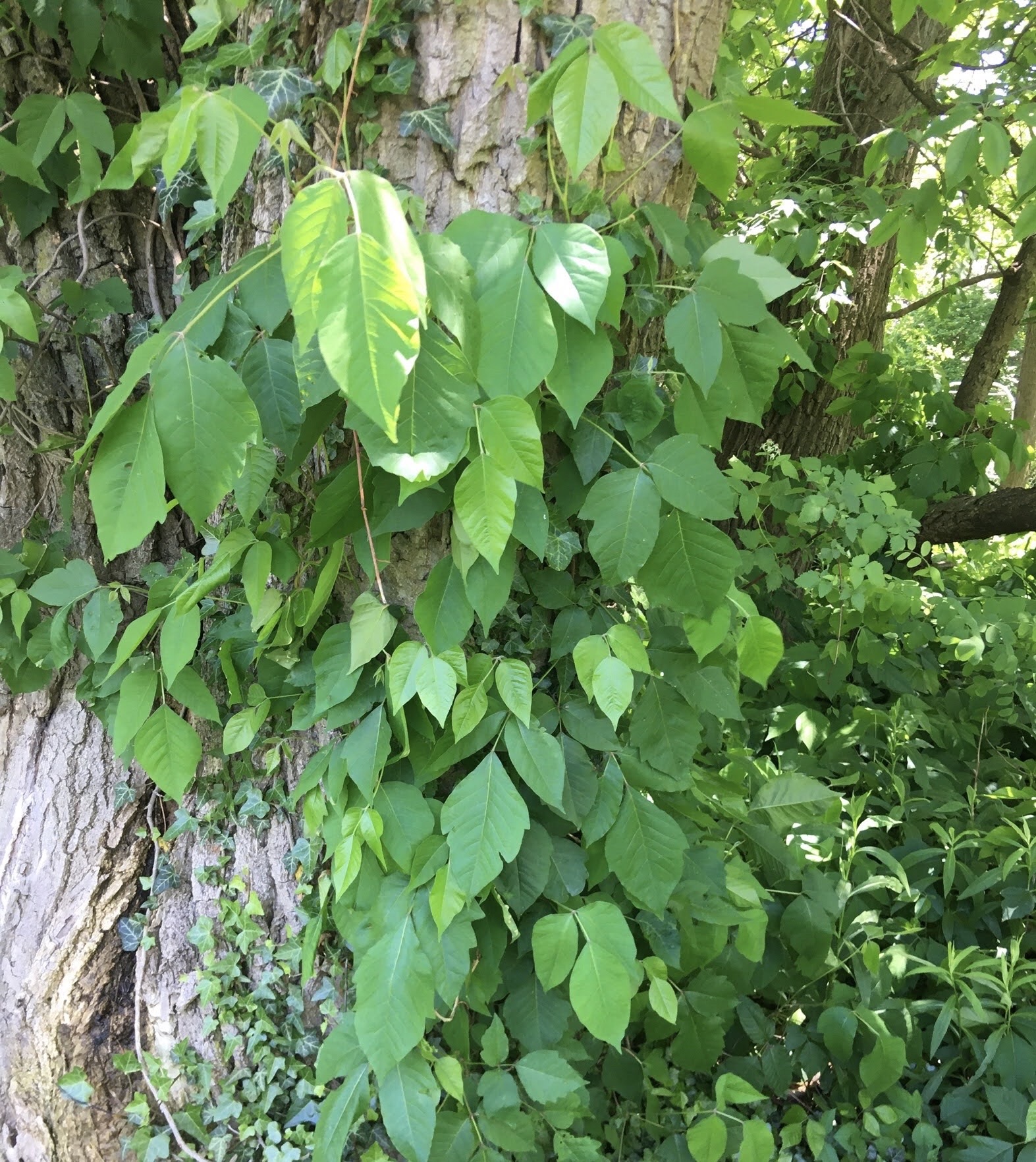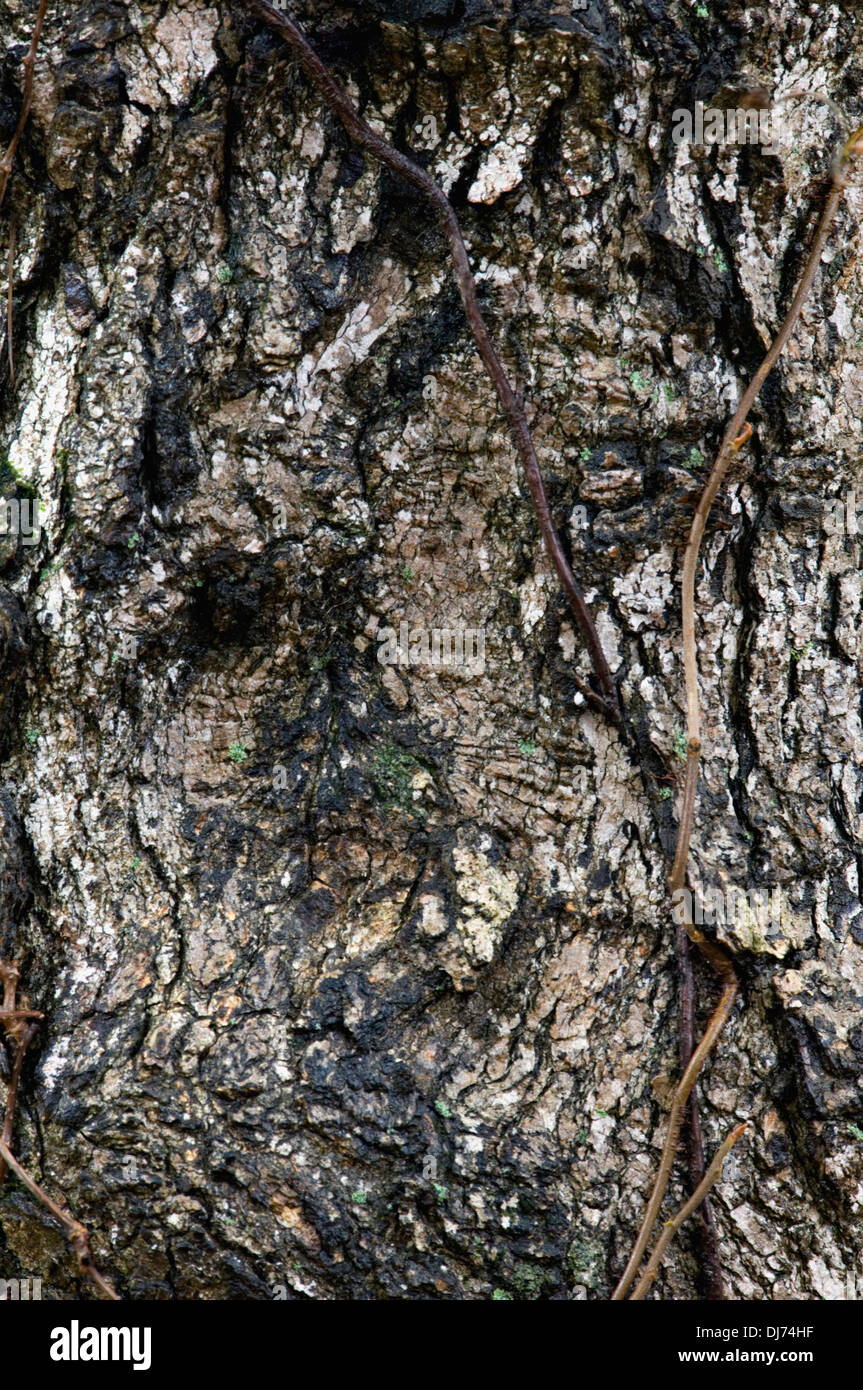

Please note that even fallen leaves can still be poisonous. In the summer, the plant might replace its flowers with small yellow or green berries, which turn white or grey during fall and winter. During spring and summer, poison sumac may have pale green or yellow flowers which grow in clusters along separate green stems. The leaves change color with the seasons, like poison oak and poison ivy.

The sides of the leaves might be wavy or smooth but aren't jagged. The leaves are oval or oblong and taper to a point at the end. They have small branches with red stems and double rows of between six and twelve leaves on each stem, with an extra leaf at the tip of the stem. However, before poison sumac becomes a tree, it grows as a small plant with leaves that point up. The hanging branches increase your chances of brushing against it walking by. The tree tends to seem pretty barren because the leaves grow in a relatively open pattern and not as dense foliage.Ī large tree will generally have long and thin branches that sag downwards. Poison sumac grows as a shrub or a tree that can be as tall as 30 feet or even taller in some cases. Recognizing poison sumac is essential to avoiding a really painful allergic reaction that manifests as a red, itchy rash or blisters.

An alternative to oatmeal is baking soda. Soak in the bath for a minimum of thirty minutes. Simply put two cups of oatmeal in a stocking and tie it to the tap, positioning it so the water runs through the oatmeal. You can also take an oatmeal bath, which has been known to significantly relieve itching. Topical steroids or systemic steroids and antihistamines might also help. To relieve the itching, apply calamine lotion to the affected areas. In spring, poison oak has small green-yellow flowers, while during summer and fall the plant will have small light-green berries.

The stems have a slightly greyish tinge to them, and can have what looks like hair or tiny thorns. The underside of the leaves appear more velvety and feature a lighter green color. The tops of the leaves are usually glossy green, but they can be yellow, red or brown depending on the season and how healthy the plant is. Unlike poison ivy, though, the edges of the leaves have a wavy appearance and, as the name indicates, they look somewhat like oak leaves. Like poison ivy, poison oak can grow as a shrub or a climbing vine, and its leaves also grow in groups of three off the stem. Some individuals will have a more severe allergic reaction, in which case you may need emergency care immediately. If the rash is on your face, close to your eyes, or covers a significant area of your body, visit one of our Urgent Care centers in the Greater Augusta County area. Calamine lotion, hydrocortisone cream or antihistamines can also be used to stop the itching. So, if you did come in contact with poison ivy, your best option is to use a cold compress on the affected area. Ideally, you were successful in recognizing poison ivy and managed to avoid it, but this is not always possible. If in doubt, it's best to steer clear because getting just a little of the plant's oil on you can cause a very unpleasant rash. Most importantly, don't touch poison ivy when trying to identify it. The waxiness makes the leaves appear shiny, but this isn't always an indicator as they can seem dull after rain. When looking from above, the leaves are a dark, waxy green, while from below they appear a light, fuzzy green. The middle leaf tends to have a small stem, while the two side leaves grow off the vine. So, when attempting to identify poison ivy, make sure to look for three leaves with pointy tips that are loosely connected on each stem. Though most people think of it as a vine that grows upwards, clinging to a variety of surfaces, mainly because it does have "ivy" in the name, the fact is that poison ivy can also grow as a bush or even a single plant. That's why you should look for leaves that grow in clusters of three, which is the most defining characteristic of this plant. The problem with poison ivy is that it's very adaptable and grows in various ways, making it difficult to identify. These berries can be seen starting in spring all the way through to the end of winter. The plant also has small clusters of white berries, which it drops to reseed itself and grow larger. In spring, the leaves are green, while in fall they turn reddish-orange. Its leaves are pointed at the tip and grow in groups of three. Poison ivy can grow as both a vine and a shrub. Recognizing poison ivy, poison oak and poison sumac is essential if you want to avoid the unpleasant burning and itchy rash that accompany these common plants.


 0 kommentar(er)
0 kommentar(er)
